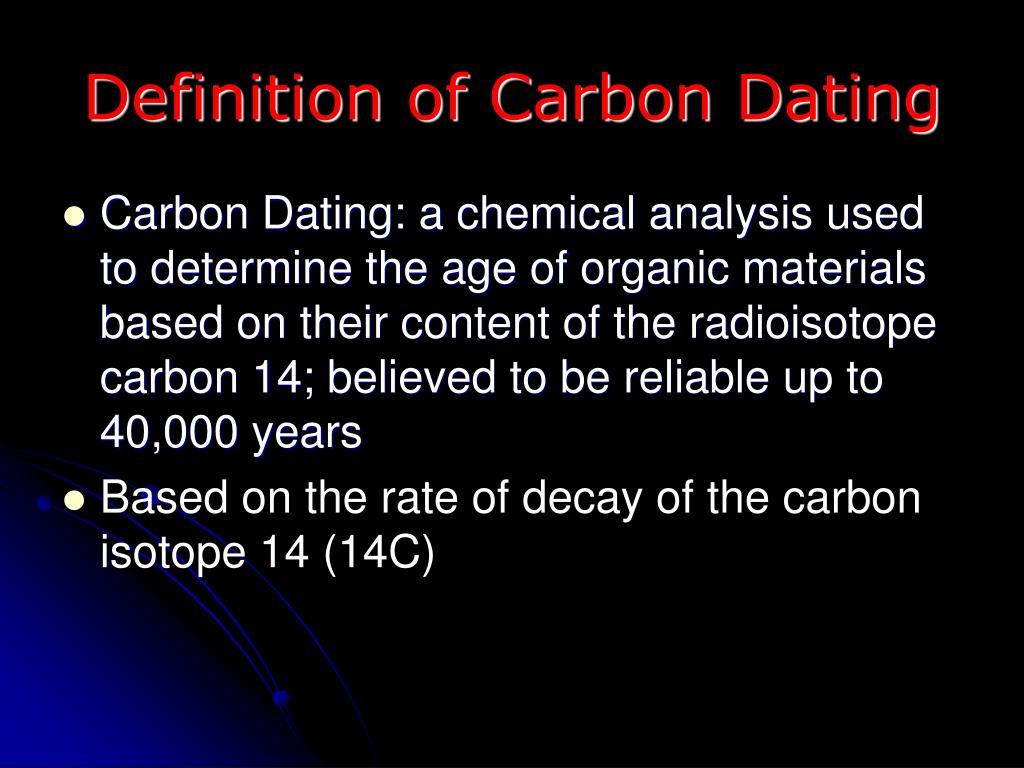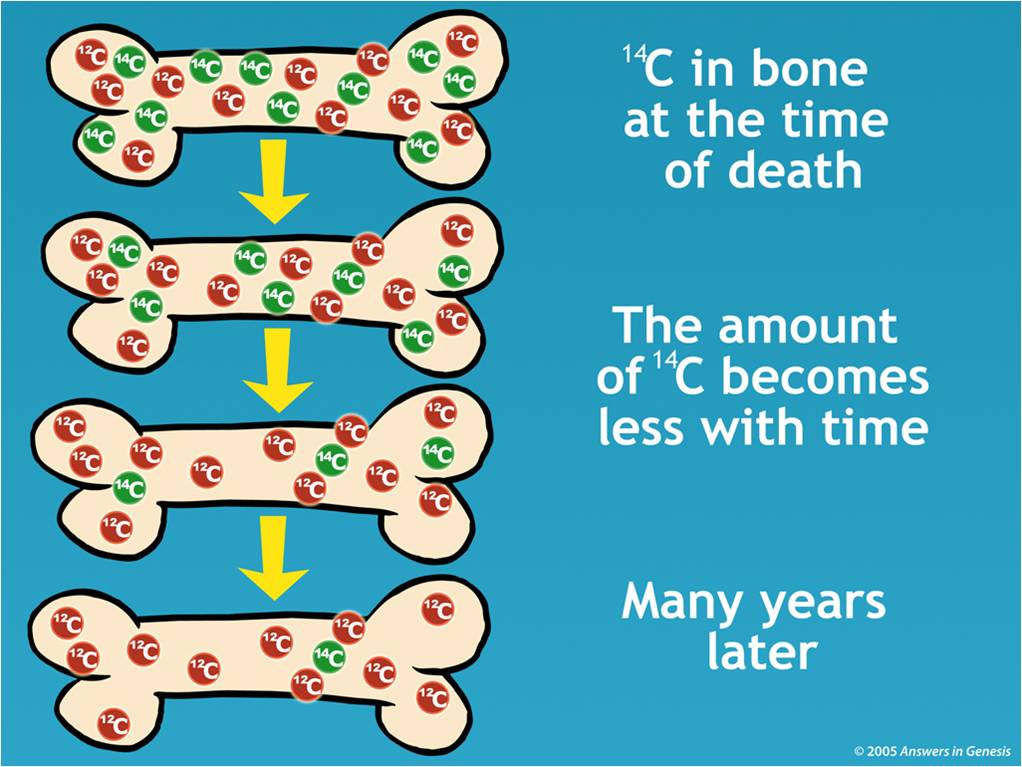
And besides IntCal20, which is intended for samples from the Northern Hemisphere, the group has created separate curves for objects from the Southern Hemisphere and the ocean, which have slightly different radiocarbon levels. The International Calibration Working Group, formed in 2002, crowdsources data to produce new versions of the widely used curve. Other absolute measurements from natural archives, including ice cores, seasonal lake sediments and cave stalagmites, extend the new curve back to 55,000 years, close to the earliest age radiocarbon dating can track.

It also includes far more single-year tree-ring measurements than previous versions, accounting for shorter-lived spikes from phenomena such as bursts of solar radiation.

In contrast, IntCal20 draws from nearly 14,000 years' worth. These have annual growth rings that scientists can directly tie to calendar years and can also analyze for radiocarbon.įor the earliest internationally accepted calibration curves, developed in the 1980s, tree-ring measurements were available only for the past few thousand years. Thus, radiocarbon dates need to be calibrated against independent measurements, primarily from chunks of ancient wood. A second revolution came when scientists realized atmospheric carbon 14 levels vary over time as the result of fluctuations in solar activity-and, more recently, atomic bombs and fossil-fuel burning. Discovered in the late 1940s, radiocarbon dating transformed the study of prehistory and became the gold standard for establishing chronologies in archaeology. This means that shells, bone, charcoal and other organic materials that archaeologists find contain a chemical timestamp. “A lot of people are excited about this new curve because it is going to give us the opportunity to sharpen our chronologies and understand more about the way the earth works and the way the earth has changed through time.”Īll living things absorb carbon 14, a radioactive carbon isotope that decays at a regular rate over time. “It's a really massive increase in the data set, and with each revision our ability to confidently date the past improves,” says Thomas Higham, a radiocarbon-dating specialist at the University of Oxford, who was not involved in the calibration effort. Called IntCal20, it draws from nearly twice the data of the previous curve, from 2013-and may prompt scientists to reevaluate the age of sites, artifacts and events around the world. This much anticipated new calibration curve, a set of data points used to convert radiocarbon-dating results into calendar years, is highlighted in a special August issue of Radiocarbon. It is also a major area of controversy in archaeology researchers have argued for decades over the date of this cataclysm.Īlthough it does not settle the debate, a recent adjustment to the radiocarbon-dating process narrows down the possibilities. The eruption was one of the most powerful volcanic explosions of the past 10,000 years and a crucial time point of the Mediterranean Bronze Age. In the 1960s archaeologists on Santorini uncovered a Minoan settlement frozen in time, with vibrant wall frescoes decorating multistory houses, all buried by volcanic debris.


Ash and pumice rained across the Mediterranean, and tsunami waves rolled onto faraway shores in Crete. If carbon dating is a fact, then coal layers cannot be millions of years old, and the secular “geological time scale” breaks down.More than 3,500 years ago a catastrophic volcanic eruption struck ancient Thera, known today as the Greek island of Santorini. In today’s culture we have all been taught that things like carbon dating are “facts,” but they are merely interpretations of facts. When scientists fail to account for so many more plants and animals in the pre-Flood biosphere and wrongly assume that plants buried in coal beds had the same proportion of carbon-14 as plants do today, their radiocarbon dating yields “ages” much higher than the true Flood age of about 4,350 years. If radiocarbon lasts only a few thousand years, why is it found in all the earth’s diamonds dated at billions of years old? The radiocarbon ages of all fossils and coal should be reduced to less than 5,000 years, matching the timing of their burial during the Flood. We will see that carbon dating strongly supports a young earth. Many people have been led to believe that radiometric dating methods have proved the earth to be billions of years old. Scientists use a technique called radiometric dating to estimate the ages of rocks, fossils, and the earth. From The New Answers DVD 1 Radiocarbon Dating and a Young Earth


 0 kommentar(er)
0 kommentar(er)
